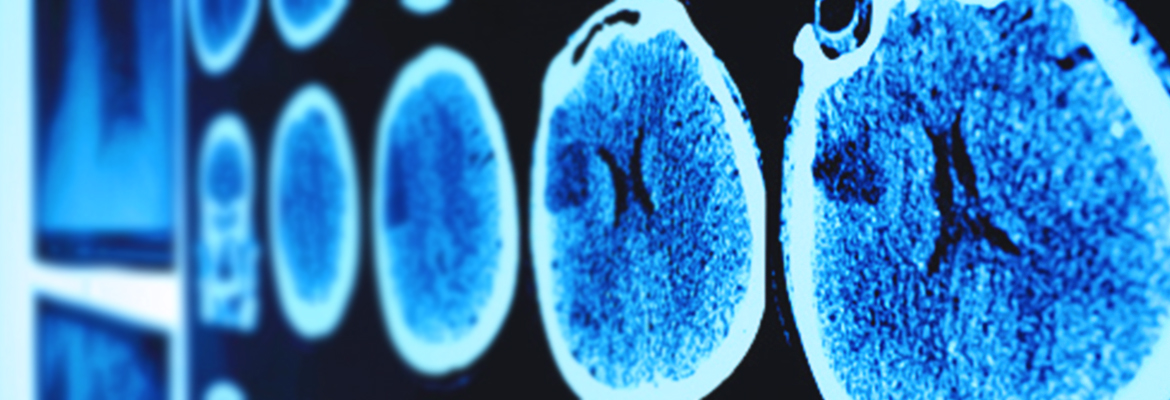Childhood cancers, infectious diseases, genetic diseases, and many other contemporary biomedical and health problems are full of challenges. But an astounding glut of data created in the course of trying to solve those problems may itself be one of the most dominant challenges in 21st century.
Analyzing patients’ biological samples with newer sequencing tools results in huge amounts of data about genes and genomes, RNAs, and proteins — and making sense of that sequencing data requires a huge amount of computational power. At the same time, organizational structures divide how clinical and research data can be shared and used to gain collaborative insights. Fortunately, innovators at Children’s Hospital of Philadelphia are deftly navigating these emerging roadblocks to success with the next phase of pediatric discoveries. CHOP experts are pursuing multiple leading-edge ways of harnessing and sharing big data to improve children’s health and lives in the realms of bioinformatics and clinical informatics.
A population health project spearheaded by two CHOP clinical informatics fellows is one such example. The Population Health Risk Assessment Support Engine (PHRASE Health) is an electronic portal built to integrate into any electronic health record (EHR) system that allows for a two-way flow of data between clinicians and public health agencies. Such a flow could be especially useful in the event of evolving public health situations, such as the outbreak of Zika virus. Public health officials can provide timely updates about evolving disease and patient risk factors through the system, while clinicians consume these recommendations in the EHR and utilize one-click reporting of disease cases back to the public health department.
In December 2015, PHRASE creators Marc Tobias, MD, and Naveen Muthu, MD, of CHOP’s Department of Biomedical and Health Informatics (DBHi), received first prize in the “Closing the Data Divide” Virtual Challenge, jointly sponsored by the de Beaumont Foundation and the Practical Playbook. In July 2016, PHRASE was named a Phase 1 winner of the Provider User Experience Challenge by the U.S. Department of Health and Human Services’ Office of the National Coordinator for Health Information Technology.
While PHRASE represents an approach to harness and empower medical data for population health (and vice-versa), another CHOP-led effort launched this year shows how collaborative approaches to data can strengthen and speed discovery of new biomedical approaches to pediatric disease. The Center for Data-Driven Discovery in Biomedicine (D3b) was established in December 2015 as a way to break down silos that keep data separate and limit its usefulness for discoveries in pediatric cancer and other pediatric diseases. By building platforms that empower patient participation in research, make data more open, and encourage sharing and collaboration, D3b aims to accelerate discoveries that would not be possible when individual researchers and institutions keep data to themselves. Led by CHOP’s Research Institute and DBHi, D3b builds on related, successful examples of CHOP-led multi-institutional research and clinical trial consortia, including the Children’s Brain Tumor Tissue Consortium (CBTTC) and the Pacific Pediatric Neuro-Oncology Consortium (PNOC).
One of D3b’s first major initiatives is the launch of its open-access pediatric genomic data cloud, CAVATICA, announced in October 2016 as a private commitment in conjunction with the national Cancer Moonshot. CAVATICA gives clinicians and scientists access to big data about diverse pediatric diseases that is empowered for secure, collaborative analysis through scalable cloud computing — meaning that the users of the service do not need to bring their own high-powered computers in order to perform complex analyses of vast quantities of data. Researchers worldwide will be able to access this information and work together to fully empower and share novel ideas and approaches for new biological targets for precise, less toxic clinical treatments on behalf of children.
“Data and patients are the organizing principle of how we do what we do,” said Adam Resnick, PhD, scientific chair of the CBTTC and PNOC and co-director of D3b with Neurosurgery Division Chief Phillip “Jay” Storm, MD. “Data can be immortalized forever, and that’s a legacy that patients and families leave behind when they choose to contribute to and participate in research in the face of serious and sometimes lethal diseases. It is our responsibility as partners in research to honor that legacy to support rapid discovery of new treatments and new cures for childhood diseases through partnership and collaboration.”
Read more about PHRASE Health and about the launch of D3b in Bench to Bedside.



